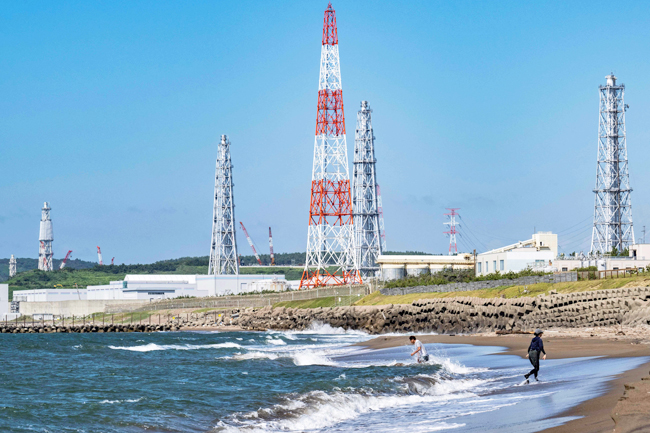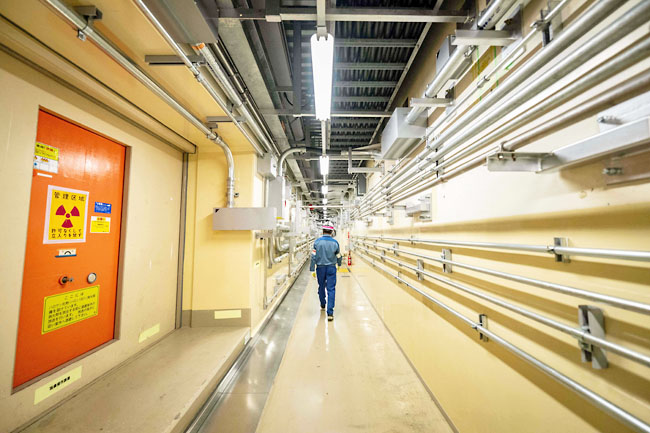AFP – Glinting in the sun by the world’s biggest nuclear plant, the Sea of Japan is calm now. But as the huge facility gears up to restart, Kashiwazaki-Kariwa (KK) has a new tsunami wall, just in case.
Japan pulled the plug on nuclear power after the 2011 Fukushima disaster, but with the G7’s dirtiest energy mix, it is seeking to cut emissions, and atomic energy is making a steady comeback, in part because of artificial intelligence (AI).
At the 400-hectare KK plant, shown to AFP in an exclusive tour, the 15-metre wall is just one measure to prevent another catastrophe and reassure the public and Japan’s jittery neighbours.
“We believe that (a similar accident to Fukushima) could be largely avoided,” KK deputy superintendent Masaki Daito told AFP. Japan now has “the strictest (regulatory) standards in the world”.
The facility in central Japan – like the nation as a whole – is no stranger to earthquakes, having been shut down for two years for “upgrades” after a big jolt in 2007. At Fukushima, a 15-metre tsunami cut power lines and flooded backup generators, disabling water pumps needed to keep nuclear fuel cool.



In this century’s worst nuclear accident, three reactors went into meltdown and hydrogen explosions blew off roofs and released radioactivity into the air.
To keep the power running in the event of a quake, KK has new backup power supply vehicles on higher ground, plus “blow-out” panels and a new vent meant to filter out 99.9 per cent of any radioactive particles.
In addition to the recently built sea wall, an embankment has been enlarged and reinforced. In corridors deep inside the reactor building, luminous stickers mark pipes and faucets.
“The lights all went out at Fukushima and no one could see,” Daito said.
Before the 2011 quake and tsunami, which killed around 18,000 people, nuclear power generated about a third of Japan’s electricity, with fossil fuels contributing most of the rest.
All of Japan’s 54 reactors were shut down afterwards, including those at KK. To keep the lights on, resource-poor Japan has hiked imports of natural gas, coal and oil while increasing solar power.






